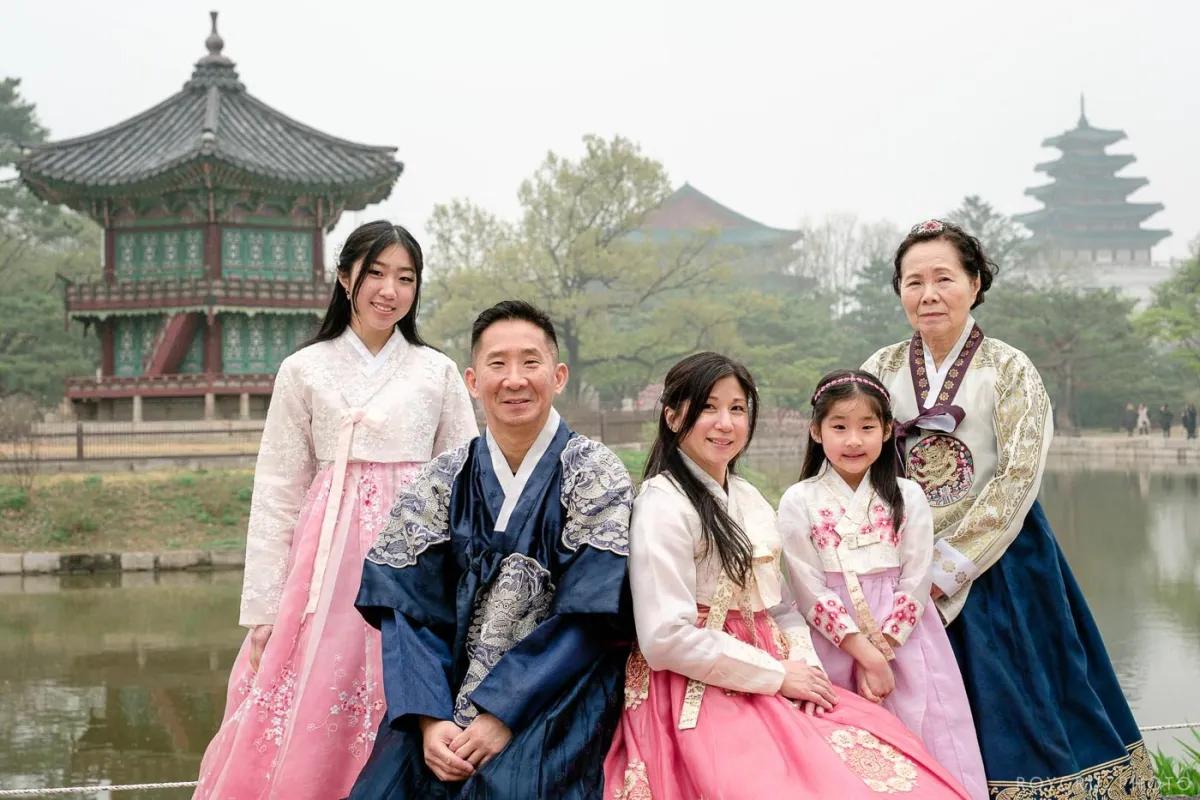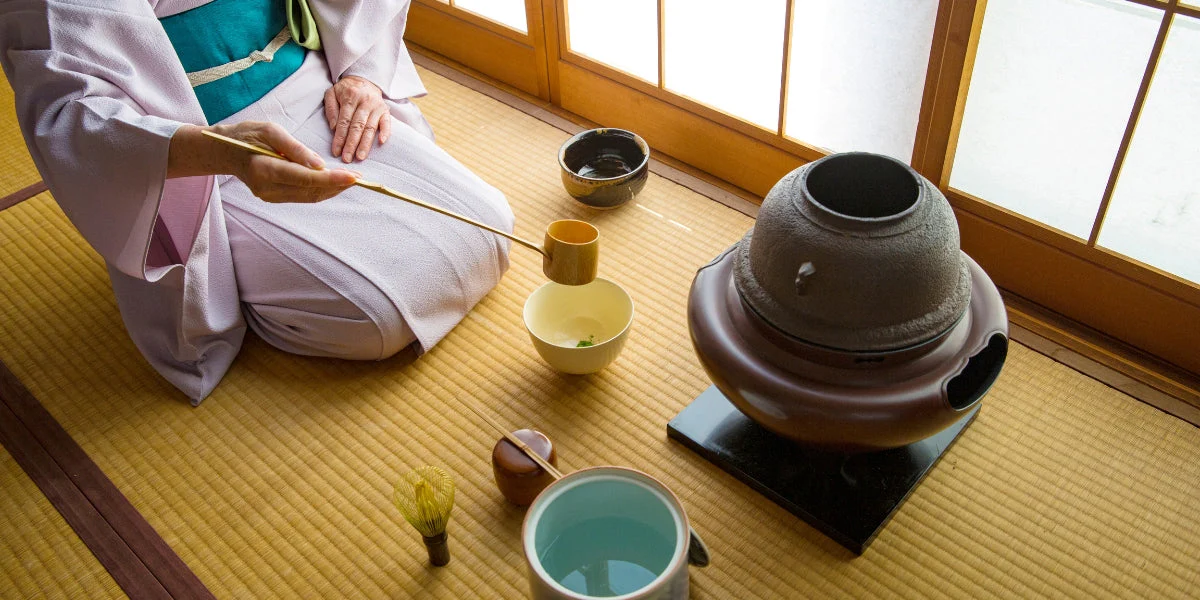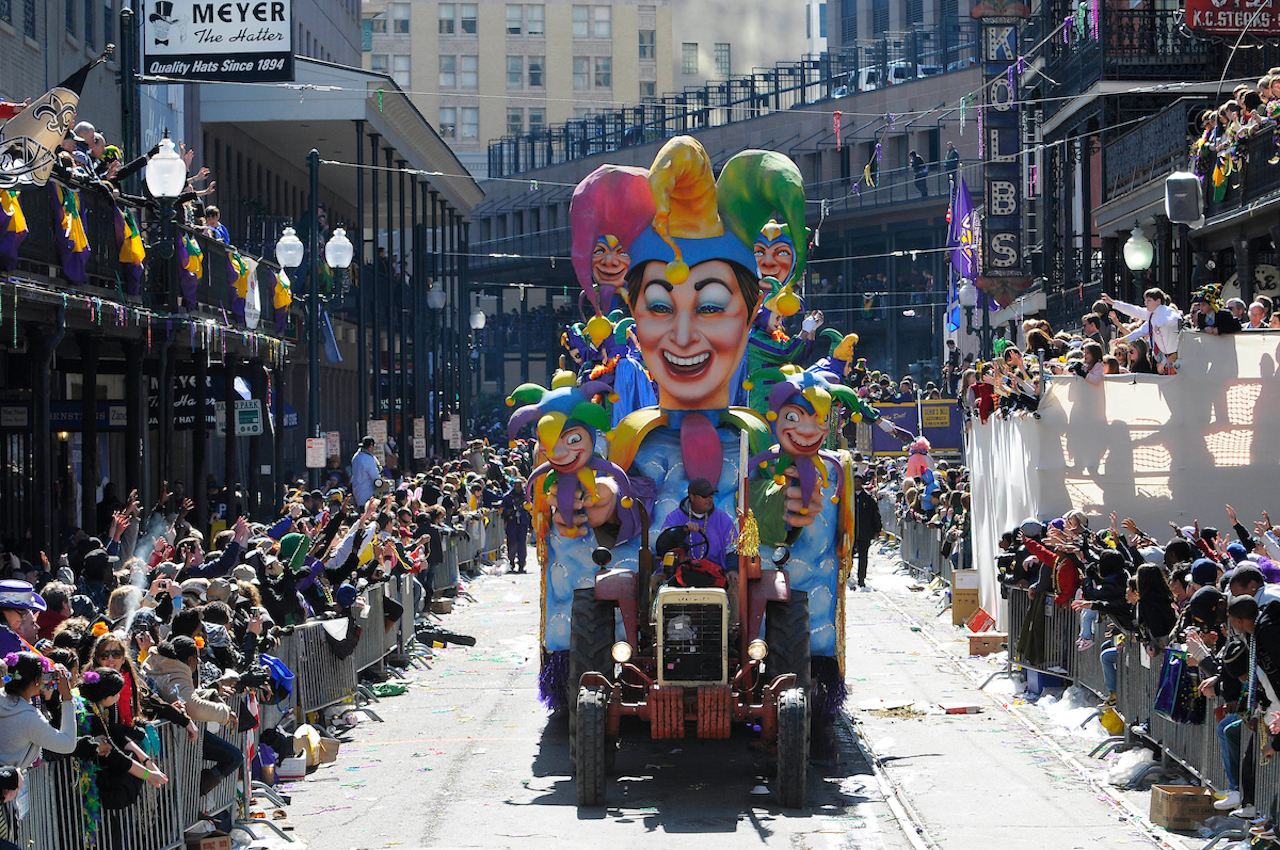pokomde.info – The hanbok is more than just clothing in South Korea; it is a symbol of cultural identity, elegance, and centuries-old craftsmanship. Rooted deeply in Korean heritage, the hanbok’s design has captivated people from all over the world, showcasing South Korea’s artistic sensibility and respect for tradition. This attire, with its flowing silhouettes and vibrant colors, holds a special place in Korean culture and serves as a visual reminder of the nation’s rich history and values. Let’s explore the history, unique features, and cultural significance of the hanbok.
The Origins and Evolution of the Hanbok
The hanbok traces its origins back over two thousand years, evolving significantly from the Three Kingdoms Period (57 BCE – 668 CE) to the present day. Historically, the hanbok’s design was influenced by the natural landscapes, Confucian values, and social status systems of ancient Korea. Each period of Korean history, from the Goryeo Dynasty (918–1392) to the Joseon Dynasty (1392–1897), left a distinct mark on the hanbok, shaping its construction and symbolism.
During the Joseon Dynasty, Confucian ideals greatly influenced Korean society, placing importance on modesty and harmony, which was reflected in the hanbok’s restrained yet elegant design. Women’s hanbok consisted of the jeogori (a short jacket with long sleeves) and chima (a long, high-waisted skirt), while men’s hanbok included a longer jeogori and baji (trousers). Colors and fabrics often symbolized social status, marital status, and family position, with the elite wearing more elaborate patterns and brighter colors.
The Unique Features of Hanbok Design
Hanbok’s design emphasizes both simplicity and harmony with nature, achieved through its flowing lines and lack of intricate fastenings. Its A-line silhouette gives it a distinctive, graceful shape that complements the wearer’s movements. The vibrant colors used in hanbok, such as rich reds, blues, yellows, and greens, each carry symbolic meanings. For instance, red symbolizes good fortune, while blue represents purity and vitality. Traditional hanbok designs often incorporated natural dyes, adding depth to the fabric’s color and a unique texture that enhances its elegance.
The hanbok’s design also varies according to the occasion and wearer’s status. For formal events, hanbok may include luxurious silk fabrics and embroidery, while for daily wear in the past, simpler cotton or hemp was used. Today, contemporary hanbok designers have introduced modern adaptations, making hanbok more accessible and wearable for everyday life while preserving its iconic style.
The Hanbok Experience: Connecting with Korean Heritage
Wearing a hanbok has become a beloved experience for both locals and tourists in South Korea. In cities like Seoul and Jeonju, visitors can rent hanbok and explore historical sites like Gyeongbokgung Palace, Changdeokgung Palace, and Bukchon Hanok Village. Many choose to wear hanbok to enhance their cultural experience, taking photos against the backdrop of ancient architecture while embracing Korea’s historical essence.
The hanbok experience has gained popularity as part of the global Hallyu (Korean Wave), thanks to Korean dramas and films that frequently showcase these beautiful garments. Whether watching period dramas or seeing popular K-pop idols don hanbok in music videos, international audiences have developed an appreciation for the attire’s visual and cultural significance.
Hanbok in Modern South Korea
Today, South Korean designers are reimagining the hanbok to fit contemporary lifestyles, blending traditional elements with modern aesthetics. This revival has been seen in international fashion shows, where Korean designers present hanbok-inspired collections, and during holidays like Chuseok and Seollal (Korean New Year), when many Koreans don hanbok to honor tradition.
Modern hanbok variations include lighter fabrics and simplified designs, making it more comfortable for daily wear. Many young South Koreans also embrace hanbok as a form of cultural expression, blending it with Western clothing to create unique, hybrid styles. This fusion of traditional and modern has cemented hanbok’s place as a cherished cultural emblem that continues to evolve with the times.
Conclusion
The hanbok is more than just clothing; it embodies the elegance, history, and identity of Korean culture. From its origins in the early dynasties to its current role in Korean fashion and global pop culture, the hanbok has adapted and thrived, remaining a beloved cultural icon. Through the hanbok, South Korea preserves its past, celebrates its present, and inspires future generations to honor and adapt tradition. Whether worn in historical palaces, seen in K-dramas, or showcased in high fashion, the hanbok remains a powerful symbol of Korean heritage.








